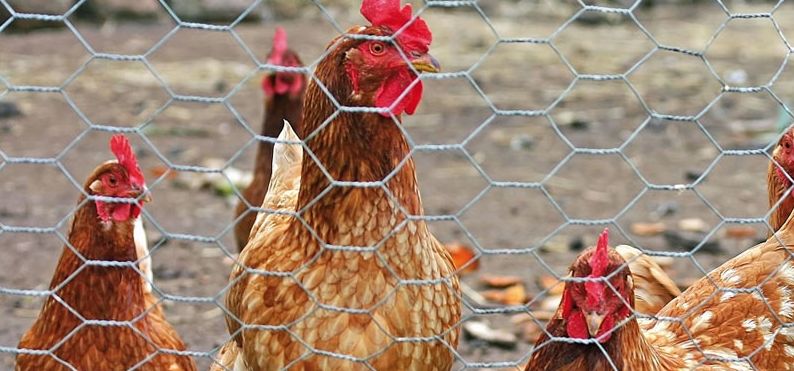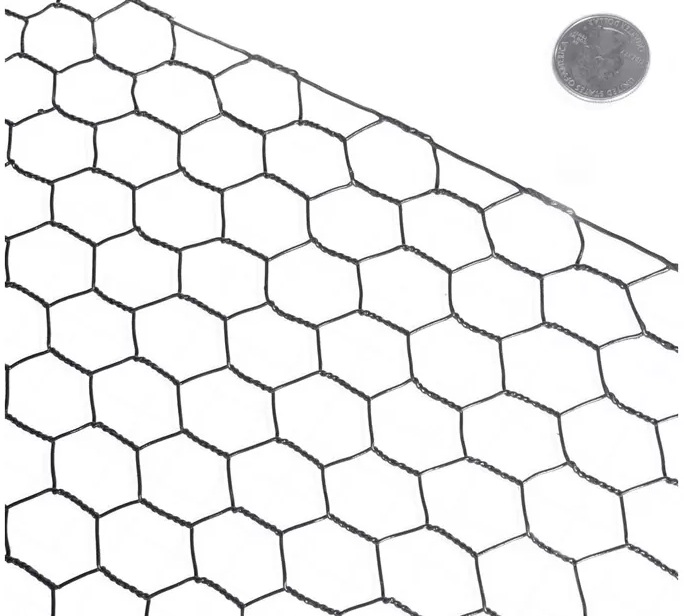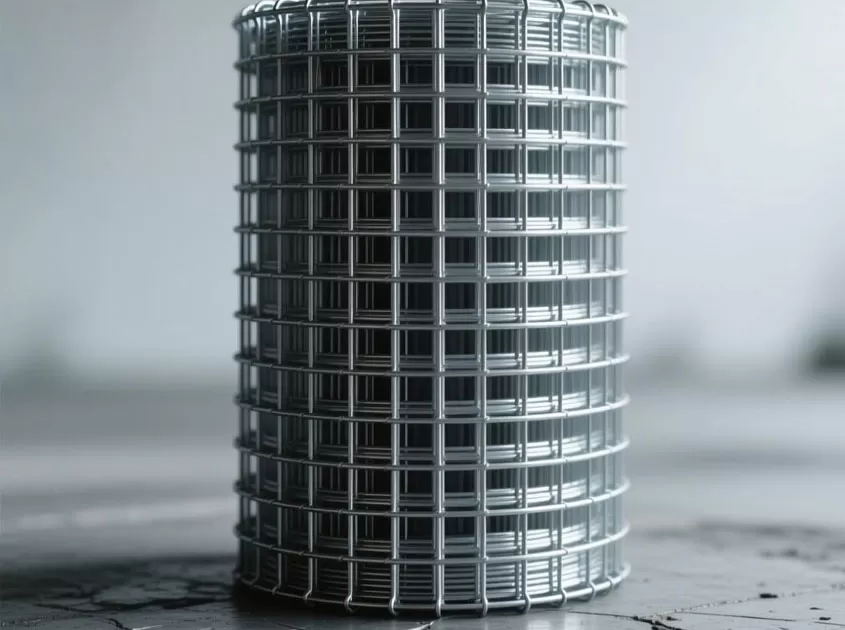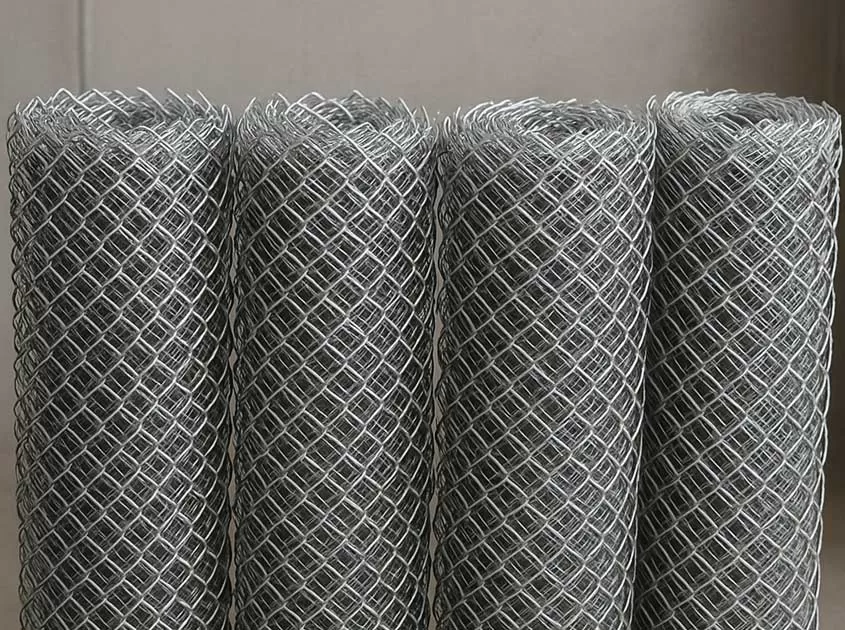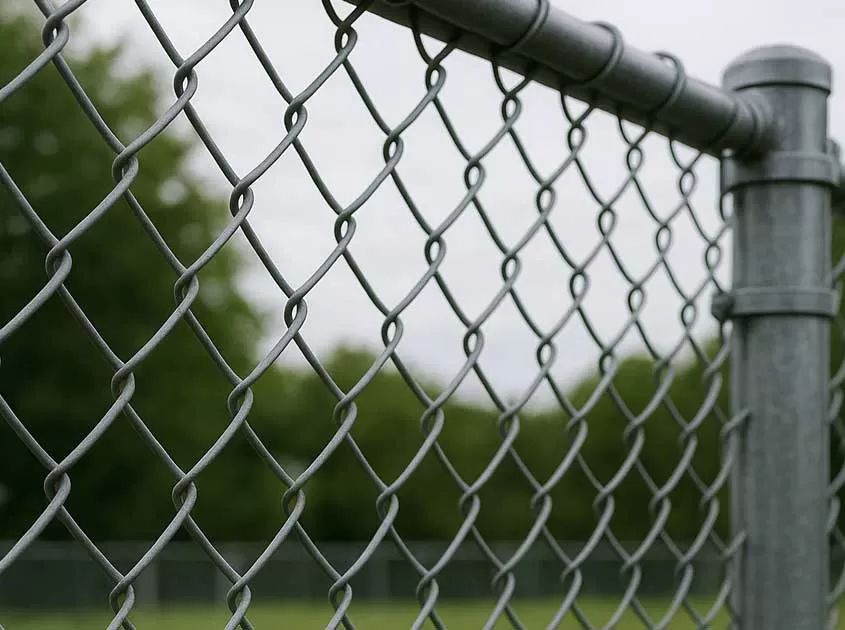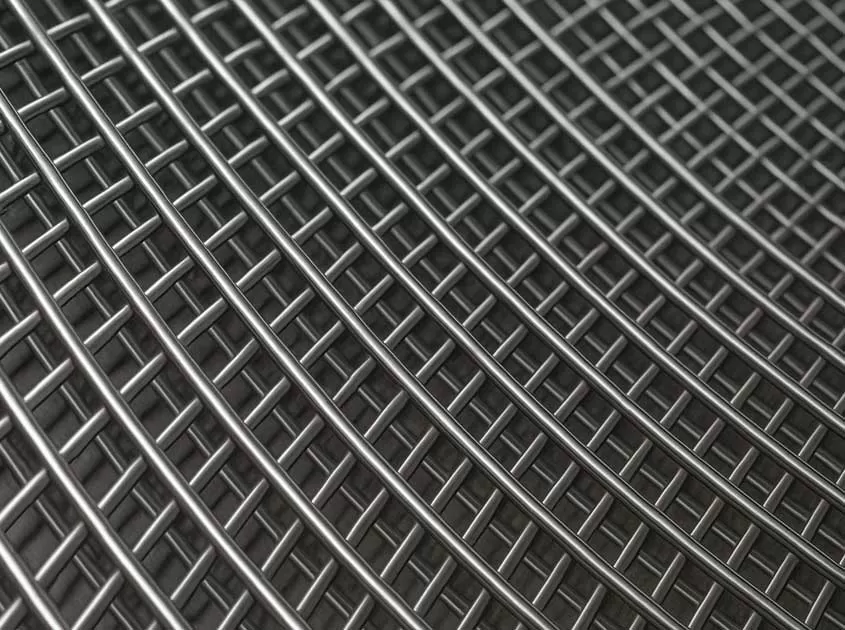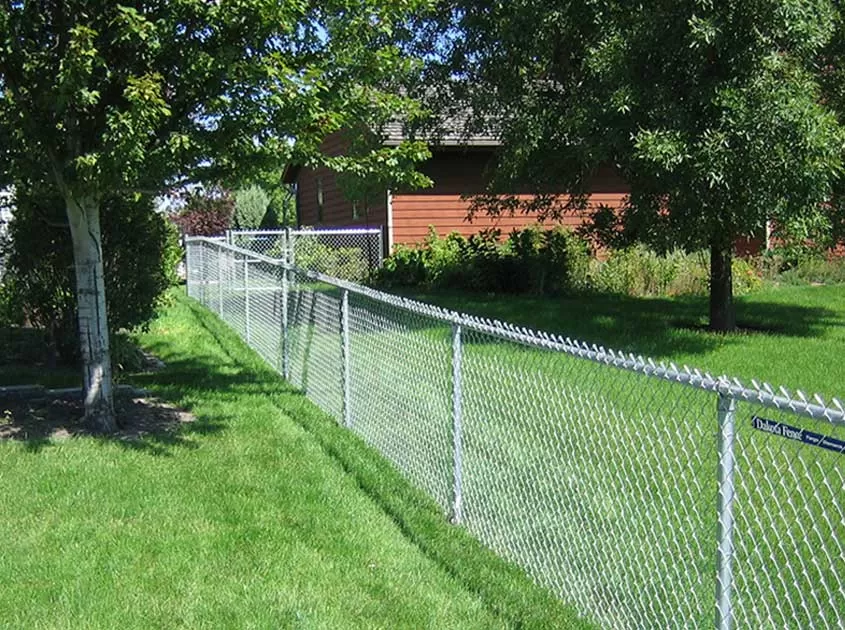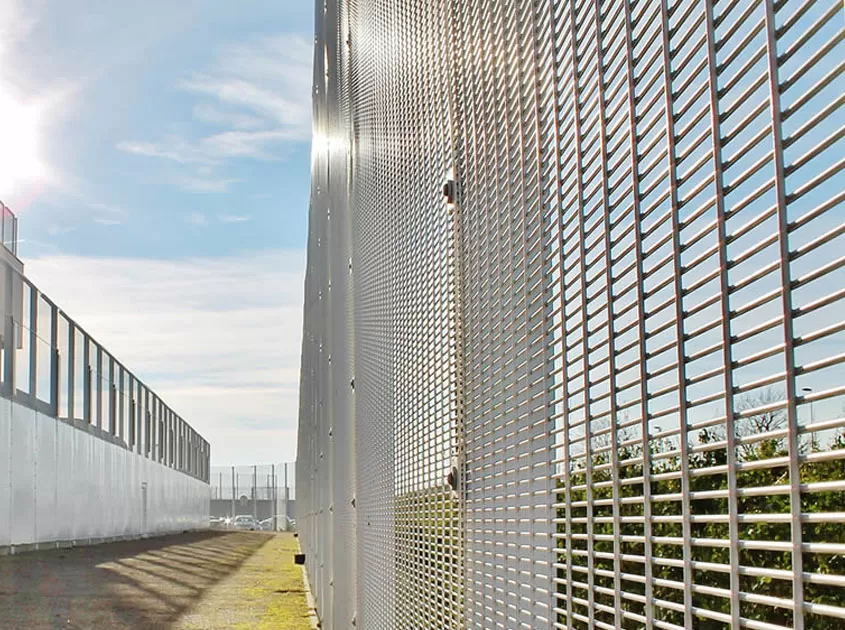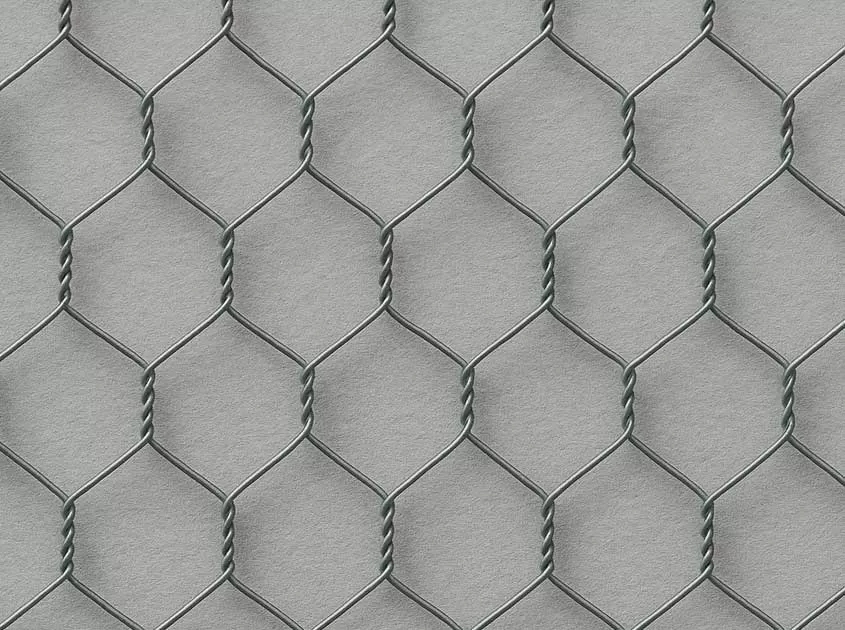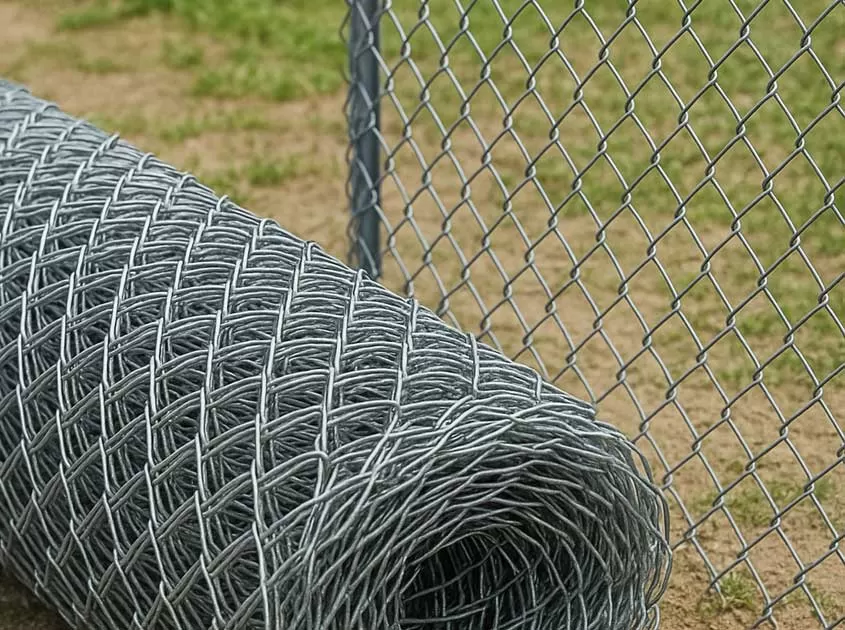What Is the Difference Between Chicken Wire and Poultry Netting?
When it comes to fencing and protecting your poultry, it's essential to understand the difference between chicken wire and poultry netting. While these terms are often used interchangeably, they refer to two distinct types of materials that vary in terms of construction, strength, and intended use. In this guide, we'll break down the key differences between the two so you can make an informed decision for your poultry protection needs.
Chicken wire, often referred to as poultry wire or poultry netting, is a type of galvanized wire mesh featuring hexagonal openings. This lightweight and flexible material is ideal for creating simple barriers that help contain animals while keeping predators at bay.
It is commonly used for various applications such as lawn and garden fencing, enclosures, chicken coops, and other similar projects.
1. Material and Construction
Chicken Wire:
Chicken wire is typically made from galvanized steel, which helps to prevent rust and corrosion. The wire is woven into a hexagonal mesh pattern with small openings, typically ranging from 1 inch to 2 inches. This design makes the material lightweight and flexible, perfect for temporary enclosures and small spaces. Because of its construction, chicken wire is easy to bend and shape, allowing it to conform to different structures, such as chicken coops or garden fences.
Poultry Netting:
Poultry netting, on the other hand, is a more general term that encompasses a variety of fencing options used to protect poultry. While some poultry netting is made from galvanized steel, others are made from plastic or even electrified wires. The mesh pattern in poultry netting can vary from hexagonal to square or rectangular, depending on the specific type of netting used. This flexibility in design allows poultry netting to serve multiple purposes, from garden enclosures to more durable, predator-resistant barriers for various types of birds, including chickens, ducks, and geese.
2. Intended Use
Chicken Wire:
Chicken wire is primarily used for confining poultry within a designated area. Its most common use is in creating enclosures around chicken coops, but it is also frequently used in gardens or small animal pens. The wire’s flexibility and ease of installation make it a go-to solution for many homeowners looking to build a quick, cost-effective fence to contain their birds or protect their garden from pests. Chicken wire is generally used where there are no significant predator threats and where the structure itself does not need to withstand harsh weather conditions.
Poultry Netting:
Poultry netting is a more versatile material and can be used for a broader range of applications. While it is suitable for confining chickens and other birds like ducks and geese, poultry netting is also commonly used in gardens, orchards, and even for larger-scale livestock protection. Some variants of poultry netting are designed to prevent digging, which makes them a better choice for protecting poultry against predators such as raccoons, foxes, and coyotes. Additionally, poultry netting can be used for more specialized applications, including deer control and temporary fencing for larger areas. Its adaptability in design allows it to meet a variety of needs, from simple enclosures to more robust protection systems.
3. Strength and Durability
Chicken Wire:
One of the key drawbacks of chicken wire is its lack of strength. While it can serve as a basic containment solution, it may not provide the level of durability required to withstand larger predators or extreme weather conditions. Chicken wire is designed to be lightweight, which makes it easier to handle and install, but it’s not the most reliable material when it comes to long-term protection. Larger animals, such as dogs or raccoons, can easily chew through or push aside the mesh, making chicken wire fencing a less-than-ideal option for protecting against determined predators.
Poultry Netting:
Poultry netting, on the other hand, is available in a range of strengths and can be specifically designed to resist predators. Many types of poultry netting are more durable than chicken wire, with options that are resistant to chewing or digging. For example, certain poultry netting variants feature added protection, such as reinforced mesh or buried sections, that make it difficult for predators to tunnel underneath. Poultry netting is also often available in higher-gauge wire options, which increases its overall durability and makes it suitable for use in harsher environments or where predators pose a significant threat. Some types of poultry netting, especially those made from electrified wire, provide an additional layer of deterrence, making them ideal for more comprehensive security.
Frequently Asked Questions:
Q: Can I use chicken wire for other animals besides poultry?
A: Yes, while chicken wire is specifically designed for poultry, it can also be used for smaller animals or as a temporary barrier for gardens. However, because it is not as durable as other fencing materials, it may not be the best choice for larger or more aggressive animals. For those situations, stronger options within the poultry netting category are recommended.
Q: Is poultry netting suitable for preventing digging predators?
A: Some poultry netting options are designed with predator control in mind and are specifically created to resist digging. These variants often feature buried sections or aprons that extend below ground level, making it more difficult for predators to tunnel under the fence. If you are concerned about digging animals such as raccoons, foxes, or coyotes, be sure to choose a poultry netting product that includes these added features for extra security.
Q: How do I choose between chicken wire and poultry netting for my project?
A: The choice between chicken wire and poultry netting largely depends on the specific needs of your project. If you’re looking for a basic, temporary solution for confining poultry or protecting a small area like a garden, chicken wire may be sufficient. However, if you need a more durable, long-lasting solution to protect your birds from predators or harsh weather, poultry netting is a better option. Consider the level of protection you need and choose accordingly.
Conclusion
Understanding the distinctions between chicken wire and poultry netting is crucial when deciding which material to use for your poultry fencing needs. Chicken wire is lightweight, flexible, and ideal for basic enclosures or temporary solutions. However, its lack of durability makes it less suitable for situations where stronger protection is required.
Poultry netting, on the other hand, offers a wider range of materials, strengths, and applications. It is a versatile choice for everything from simple enclosures to more secure, predator-resistant barriers. Whether you're enclosing chickens, ducks, or other animals, poultry netting provides greater flexibility and strength than chicken wire.
By carefully assessing the needs of your poultry, property, and predators in your area, you can choose the right fencing material to ensure the safety and security of your flock.
-
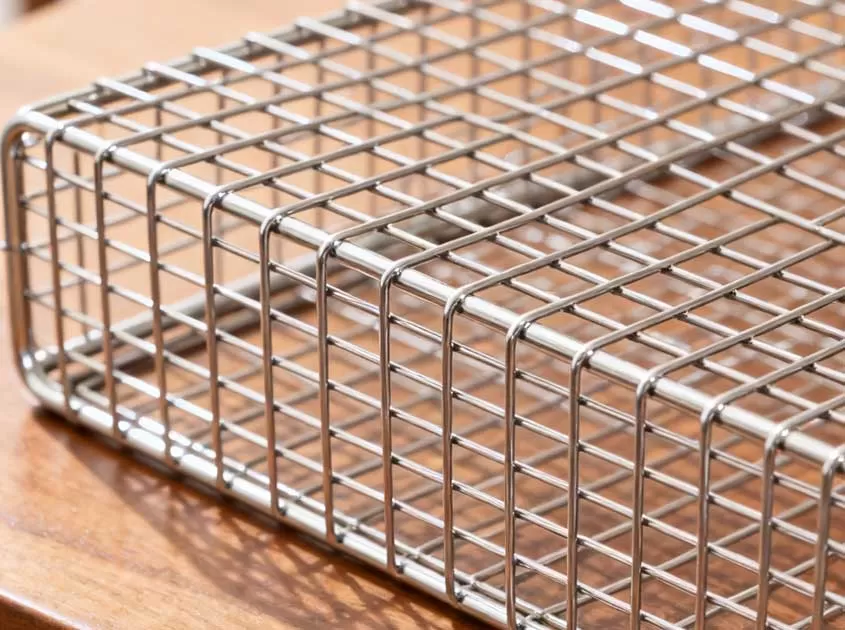 Corrosion-Resistant Stainless Steel Wire Mesh Oct 28, 2025
Corrosion-Resistant Stainless Steel Wire Mesh Oct 28, 2025

- Tel.: +86 311 83077076
- E-mail: sales@qunkunmetal.com
- Skype: qunkunsales01
- WhatsApp: 8618032412189
- Add.: No.69 The Filter Industrial Part of Anping, Hebei, China




